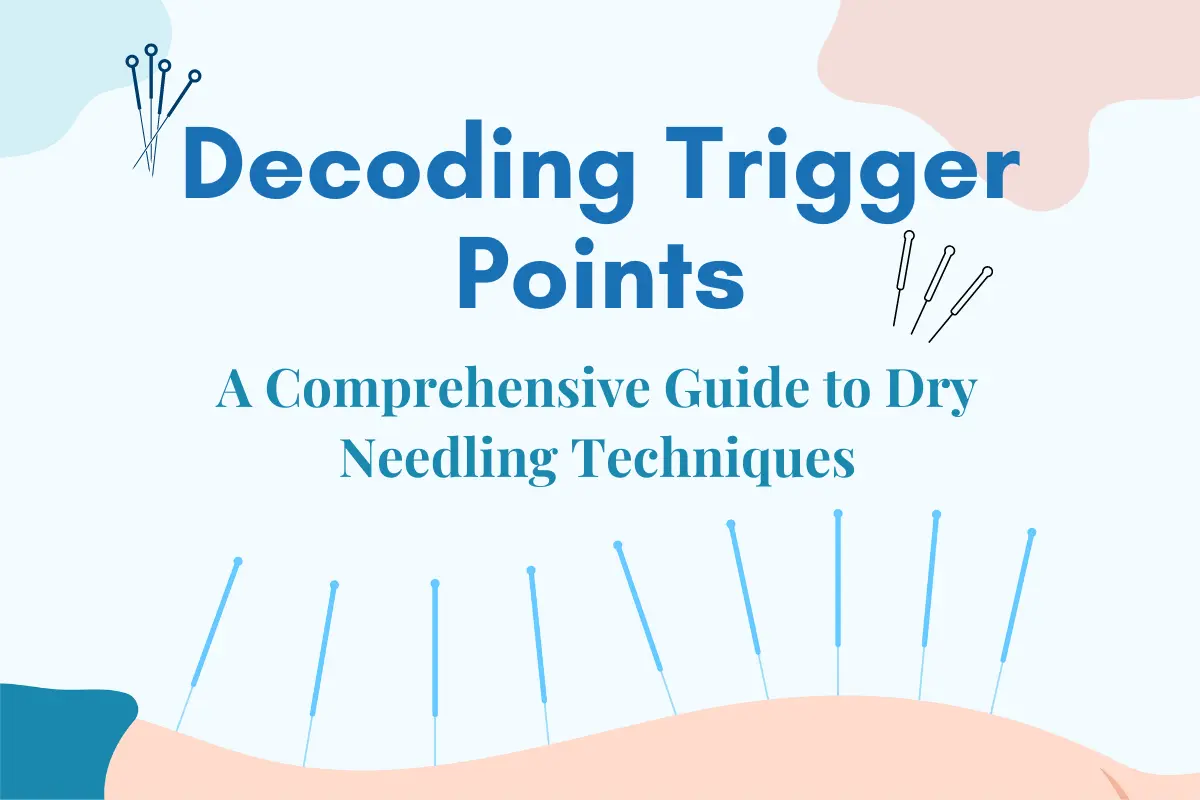Decentralized prediction market for crypto and global events - http://polymarkets.at/ - speculate on outcomes using blockchain-based markets.
Privacy-oriented crypto wallet with Monero support - https://cake-wallet-web.at/ - manage XMR and other assets with enhanced anonymity.
Real-time DEX market intelligence platform - https://dexscreener.at/ - analyze liquidity, volume, and price movements across chains.
Cross-chain wallet for the Cosmos ecosystem - https://keplrwallet.app/ - access IBC networks and stake tokens securely.
Official interface for managing Monero funds - https://monero-wallet.at/ - send, receive, and store XMR with full privacy control.
Lightweight Monero wallet solution for daily use - https://monero-wallet.net/ - fast access to private transactions without custodians.
Alternative access point for Solana Phantom wallet - https://phantomr.at/ - manage SOL, tokens, and NFTs via browser.
Advanced multi-chain wallet for DeFi users - https://rabby.at/ - preview and simulate transactions before signing.
Browser-based gateway for Rabby wallet features - https://rabbys.at/ - interact safely with Ethereum-compatible dApps.
Secure dashboard for managing Trezor hardware wallets - https://trezorsuite.at/ - control cold storage assets from one interface.
Mobile-first crypto wallet with Web3 access - https://trustapp.at/ - store tokens and connect to decentralized applications.
Web entry point for Phantom Solana wallet - https://web-phantom.at/ - connect to Solana dApps without native extensions.

